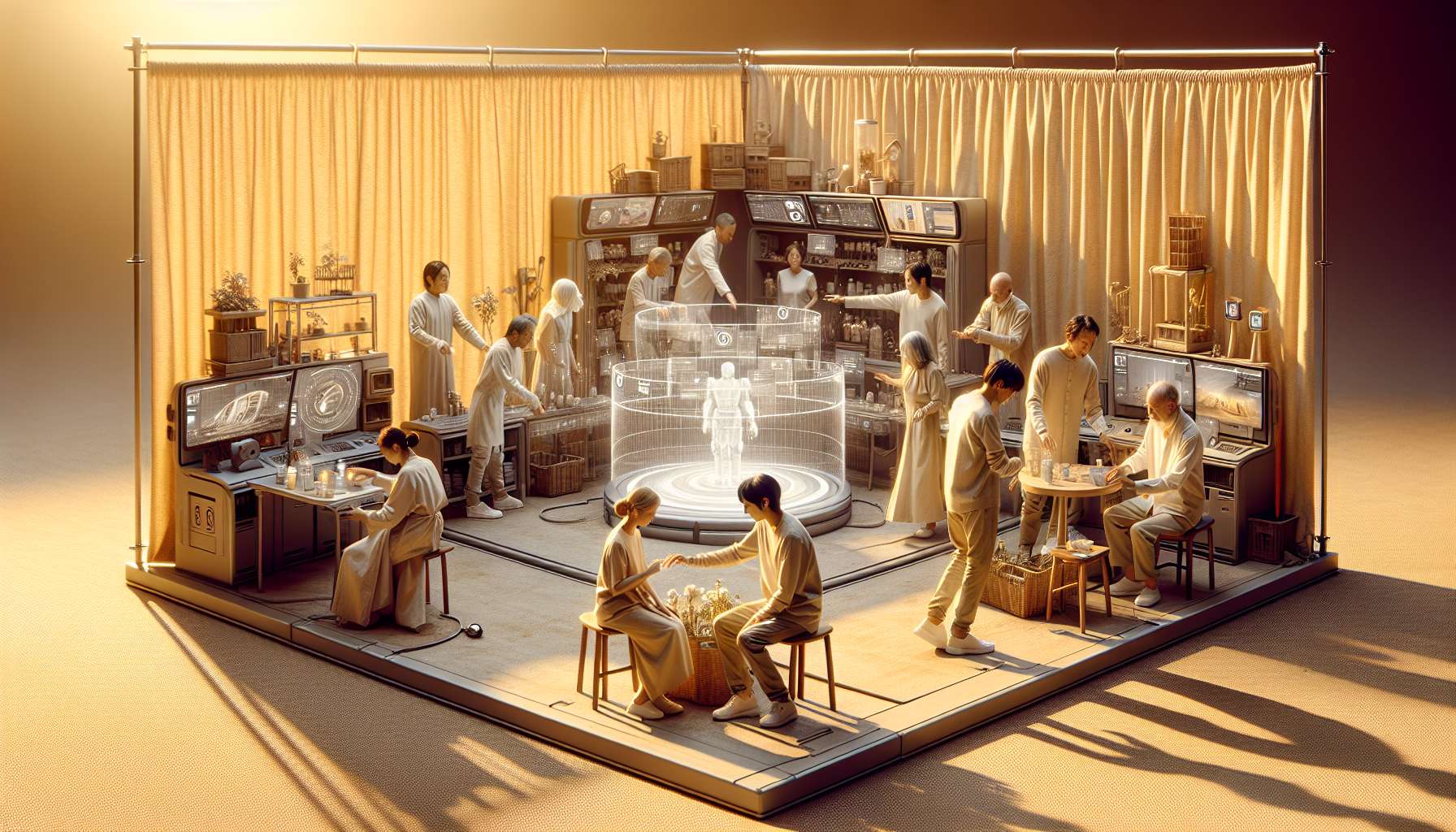The Shift to Digital: How Augmented Reality is Revolutionizing Product Demos
Product demonstrations have long been a staple in the business world, allowing companies to showcase their offerings and convince potential customers of their value. Traditionally, these demos involved physical prototypes or samples, which could be limiting in terms of accessibility, cost, and scalability. However, with the advent of augmented reality (AR), the landscape of product demos is undergoing a remarkable transformation.
What is Augmented Reality?
Before we delve into the evolution of product demos, let’s briefly understand what augmented reality is. AR is a technology that overlays digital information, such as images, videos, or 3D models, onto the real world. By using a smartphone, tablet, or AR glasses, users can experience a blend of the physical and digital realms, enhancing their perception and interaction with the environment.
The Limitations of Physical Product Demos
Physical product demos have their merits, but they also come with inherent limitations. Firstly, creating physical prototypes can be time-consuming and expensive, especially for complex or large-scale products. Additionally, transporting these prototypes to different locations for demos can be cumbersome and costly. Moreover, physical demos may not accurately represent the final product, as they lack the ability to showcase dynamic features or customizable options.
The Rise of Digital Product Demos with AR
Enter augmented reality, which offers a compelling solution to the challenges posed by physical product demos. With AR, companies can create virtual replicas of their products, allowing potential customers to interact with them in a digital environment. These digital product demos can be accessed anytime, anywhere, eliminating the need for physical prototypes and enabling remote collaboration.
AR-powered product demos provide a host of benefits. Firstly, they offer a more immersive and engaging experience, as users can visualize products in their intended environment, at scale, and from different angles. This level of interactivity fosters a deeper understanding of the product’s features and functionalities, leading to increased customer confidence and informed purchasing decisions.
Furthermore, AR demos can showcase dynamic aspects of a product that are difficult to convey through physical prototypes. For example, a furniture company can demonstrate how a sofa transforms into a bed or how a car’s safety features work in real-time. By bringing these experiences to life, AR empowers businesses to highlight the unique selling points of their products and differentiate themselves from competitors.
Real-World Examples and Results
Several companies have already embraced AR for their product demos, yielding impressive results. For instance, home improvement retailer Lowe’s introduced the “View in Your Space” feature in their mobile app, allowing customers to visualize how furniture and appliances would look in their homes. This AR-powered feature led to a 36% increase in conversions and a significant reduction in product returns.
In the automotive industry, Volvo launched an AR app that enables potential buyers to explore and customize their desired car models. This interactive experience resulted in a 30% increase in test drives and a 20% boost in sales. These success stories demonstrate the tangible impact of AR on customer engagement, conversion rates, and ultimately, business performance.
The Future of Product Demos with AR
The evolution of product demos is far from over. As AR technology continues to advance, we can expect even more innovative applications in various industries. For instance, imagine trying on virtual clothes before making an online purchase or visualizing how a new kitchen layout would look in your home.
With the increasing adoption of AR glasses and the integration of artificial intelligence, product demos will become even more seamless and personalized. Companies will be able to leverage user data and preferences to offer tailored experiences, further enhancing customer satisfaction and loyalty.
Conclusion
The shift from physical to digital product demos with augmented reality is revolutionizing the way businesses showcase their offerings. By leveraging AR technology, companies can overcome the limitations of physical prototypes and provide immersive, interactive, and scalable experiences to potential customers. The real-world examples and promising future prospects of AR-powered demos make it clear that this technology is here to stay. So, if you’re looking to elevate your product demos and stay ahead of the competition, it’s time to embrace the power of augmented reality.





